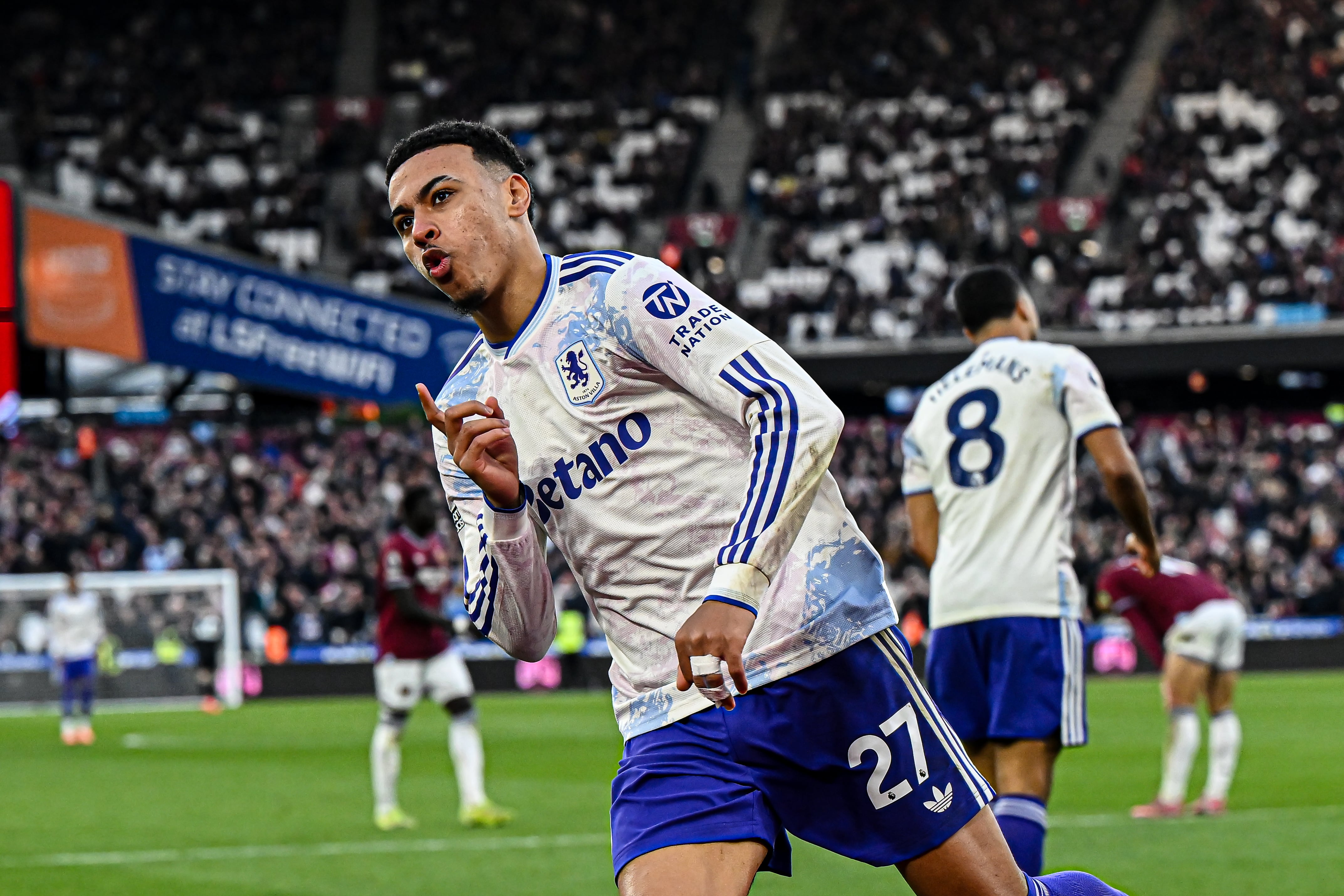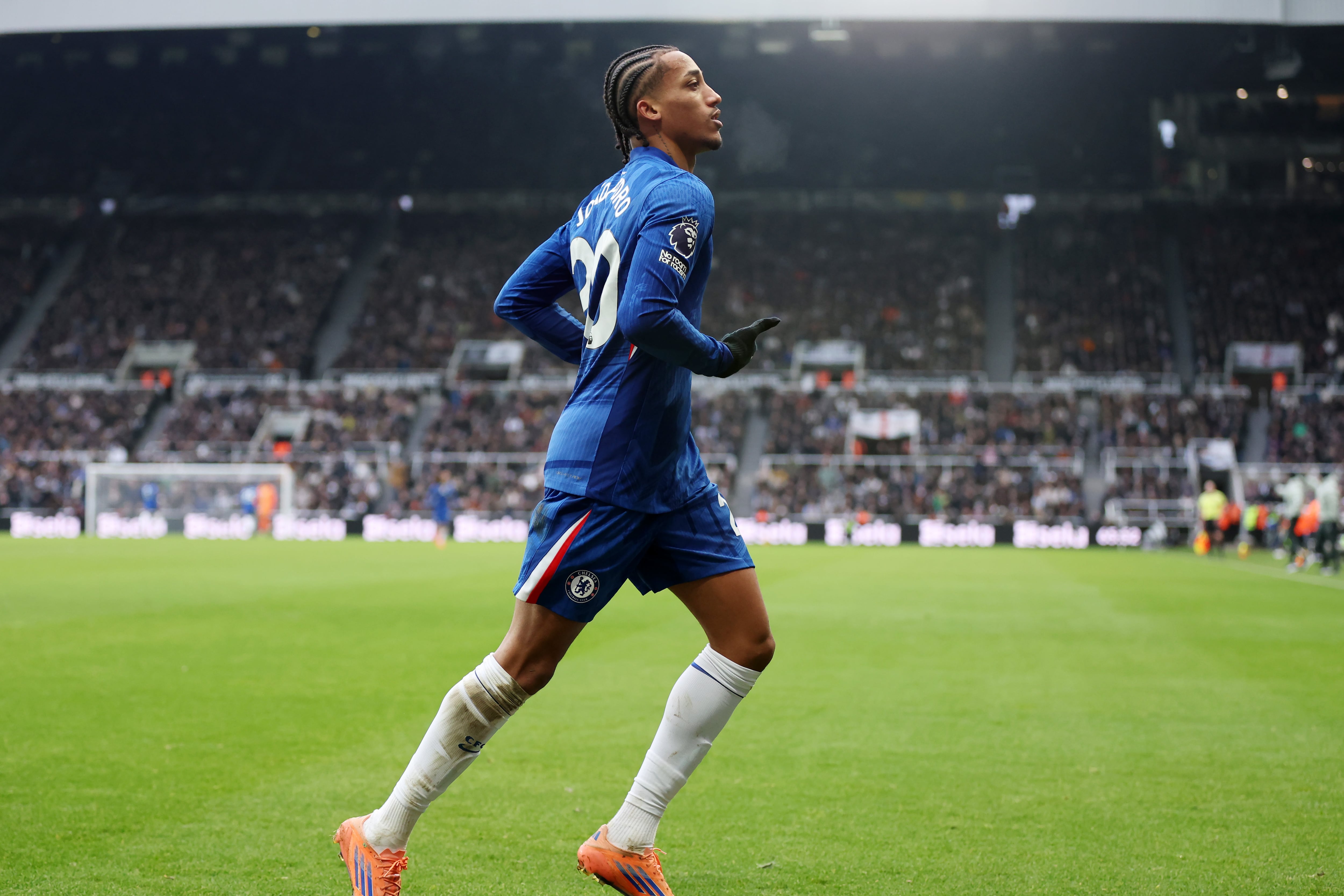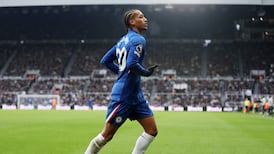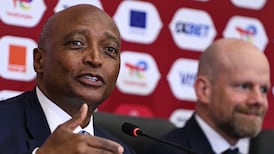The international windows are sent to torment us now, a tedious week of fabricated hope and empty outcomes. For Heimir Hallgrímsson he must walk a swaying rope bridge between diplomacy and credibility. What can he say in public that will make anybody feel better? How many more times can the half-truths be stretched like pizza dough and drizzled with toppings?
Once upon a time it wasn’t unusual, or at least it wasn’t unheard of, for journeymen Irish pros to be greater than the sum of their parts in a green jersey. They are more likely to shrink now. Modern football has become a much harsher environment for teams that are unable to cultivate possession, and without a midfielder of international quality, that is where Irish teams flounder.
Remember how much simpler it used to be for underdogs? In the match programme for Ireland’s European Qualifier against Spain in 1982, Dave Langan was interviewed by Bob Hennessy, the greatest beat reporter ever to cover Irish football. Langan had a fine career in England, much of it in the top division, but he was also one of those players that grew a foot taller in an Irish jersey and inflamed the crowd with his storming runs from full back. In the interview he said an interesting thing.
“Irish supporters can be very critical when we play at home,” he said. “They want go-go action, the big high ball and a charge. They want us to get at them and no hanging about. But that is not always on, is it?”
READ MORE
Through the decades there have been no shortage of games at Lansdowne Road were Ireland controlled the chaos and inflicted it on superior opponents. But that option is an anachronism now, disabled by modern trends.
That game against Spain in 1982, early in Eoin Hand’s second qualifying campaign as Ireland manager, ended 3-3. His first qualifying campaign two years earlier had opened with a 2-1 home win against the Netherlands when Ireland scored twice in the last 11 minutes on a raucous Wednesday afternoon. Mark Lawrenson of Brighton scored the winner, finishing a cross from Liam Brady of Juventus with a stooping header.
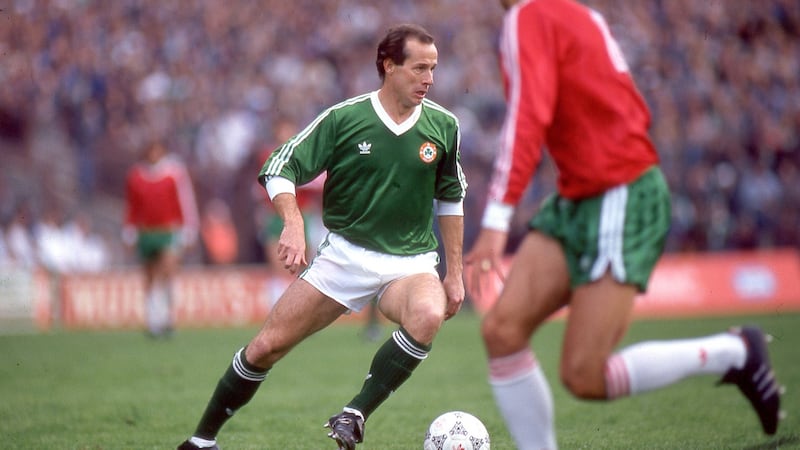
It is a hackneyed truism to say that Irish managers of the past had far better players to choose from, but as time passes, the scale of the difference becomes more demoralising and rounded up in our memories. The detail is bracing.
For his first competitive game as Ireland manager Hand named a team that included seven regulars from the top tier of English football, Brady, who played in Italy, two players from the second tier of English football, and, remarkably, Pierce O’Leary from Shamrock Rovers.
Six years later, for Jack Charlton’s first competitive match as Ireland manager, the options available to him were so bountiful that two Liverpool players – Ronnie Whelan and Jim Beglin – were only introduced as late substitutes against Belgium. Brady was still plying his trade in Italy, and the 10 other starters were either from the top division in England, or in Packie Bonner’s case, Scotland.
In Mick McCarthy’s first competitive line-up in 1996 there were 10 Premier League regulars. In Brian Kerr’s first competitive team seven years later there were also 10. Steve Staunton in 2006? Eleven. Giovanni Trapattoni in 2008? Ten Premier League regulars and Aidan McGeady with Celtic.
By the time Martin O’Neill took over as manager in 2014, though, the tide had already turned. For his opening competitive match he picked a team with just five Premier League regulars, Robbie Keane in semi-retirement with LA Galaxy and McGeady in-and-out at Everton.
We tend to forget how long we have been marooned in shallow waters. On this weekend 10 years ago, only five Irish players started in the Premier League, all of them good pros, operating at the summit of their talents, or close to it: Stephen Ward at Burnley, Damien Delaney at Crystal Palace, McGeady at Everton, Glenn Whelan and Marc Wilson at Stoke. None of them stars.
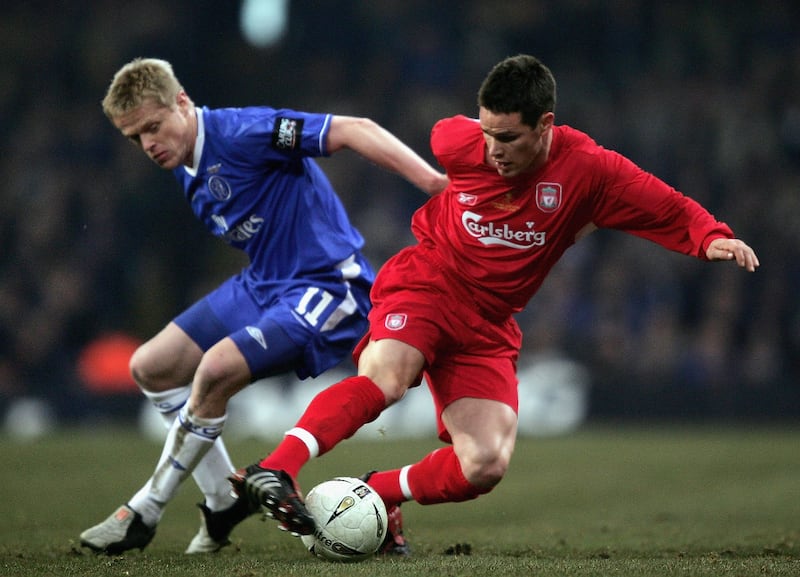
On this weekend 20 years ago, 10 Irish players started in the Premier League and Steve Finnan came off the bench for Liverpool. Back in 2004, though, we would have thought those numbers were worryingly thin; we had no idea what was coming down the track.
Damien Duff was at Chelsea, Keane was at Spurs, Richard Dunne was at Man City, Stephen Carr and Shay Given were at Newcastle, Kevin Kilbane and Lee Carsley were at Everton. Of those clubs only Man City were outside the top six in the early weeks of the season.
For his opening Nations League game Hallgrímsson was able to call upon three current Premier League regulars. None of them stars. If other Irish managers were working with potter’s clay, he is working with Play-Doh.
The new Irish manager cannot say that. Trapattoni used to be slaughtered for suggesting that his Irish squad was not strong enough to play a more adventurous game. How would he manage the players we have now? He wouldn’t have taken the job. Did Hallgrímsson have a better offer?
Irish football is as dysfunctional and hopeless now as Irish rugby was in the 1990s, before the boom. Back then, in the worst decade of results in the history of the international team, nobody could see a turning point.
Powerful external factors were catalysts for change – the introduction of professionalism and the advent of the Heineken Cup – but, ultimately, all the solutions were internal. Fruitful, robust, well-resourced player pathways were established, not instantly, and not necessarily by a grand design, but as a coherent response to outside pressures. There is no sign of that in Irish football, or no sense that the FAI can build such an infrastructure.
For the international team over the years the off-the-peg solution was to convince the sons or grandsons of the diaspora to the get in touch with their deep-down Irish roots. Now, every time Liam Delap scores for Ipswich Town and gets a rave notice on Match of the Day the odds of turning his head diminish a little more. Delap probably has no future as an England international, but just like Patrick Bamford a few years ago, the chances are he will wait and see. Bamford ended up with one senior England cap. He’s clapped out now.
Maybe the turning point will come when we least expect. Does that qualify as hope?


